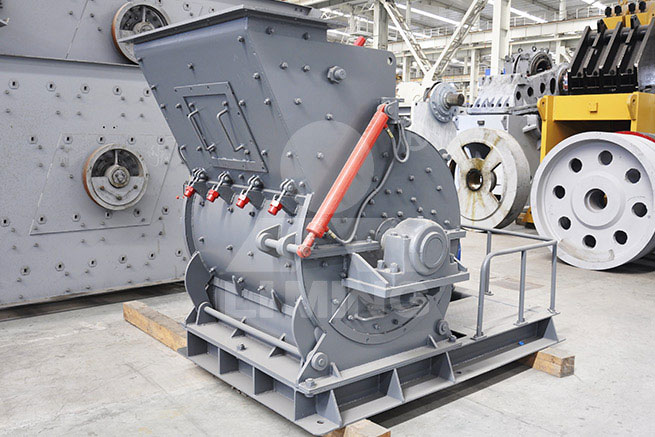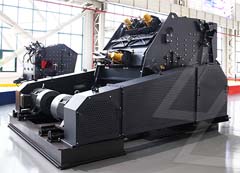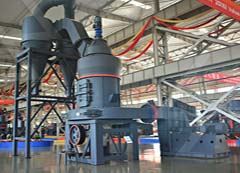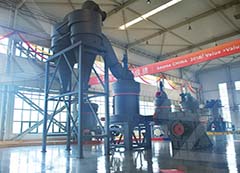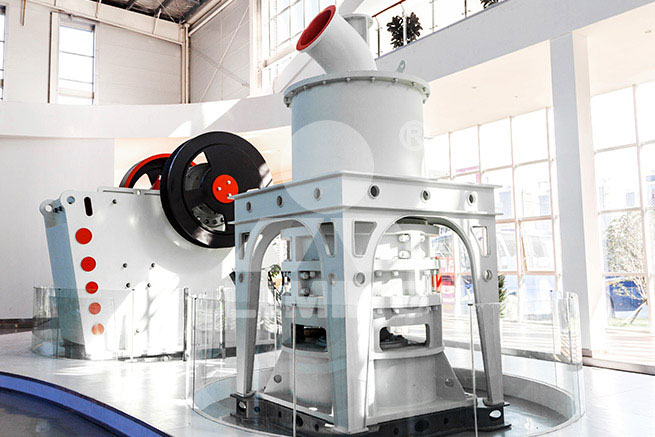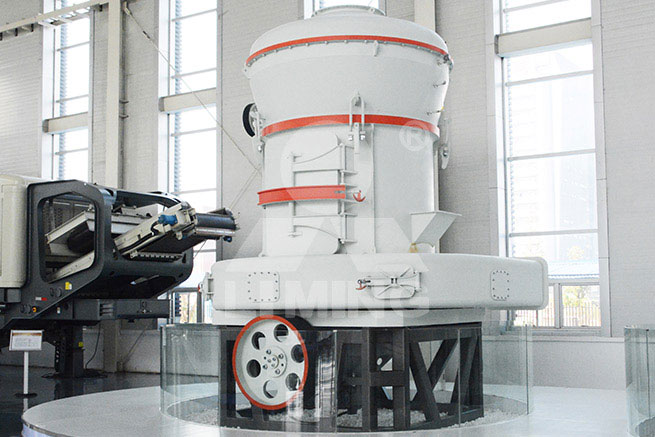caco as a waste in the cement industry

Nano Calcium Carbonate (CaCO 3 ) as a Reliable, Durable ...
2021-5-25 · Further, nano CaCO 3 is environmentally and economically viable, as it has the potential to be produced within the cement plant while utilizing waste CO 2 and generating economic revenue to the industry. Thus, nano CaCO 3 has the potential to serve as an alternative to fly ash in all beneficial aspects—economic, environmental, and technical.
Read More

Oyster shell waste as a concrete ingredient: A review ...
2022-1-1 · 3. Oyster shell as cement replacement in concrete. Research activities centered on the use of waste as a substitute for cement have been done due to declining natural supply and its environmental implications .The content of CaCO 3 exceeding 90% in sea shell are very similar to the calcium carbonate content of calcium dust used in the production of Portland cement .
Read More
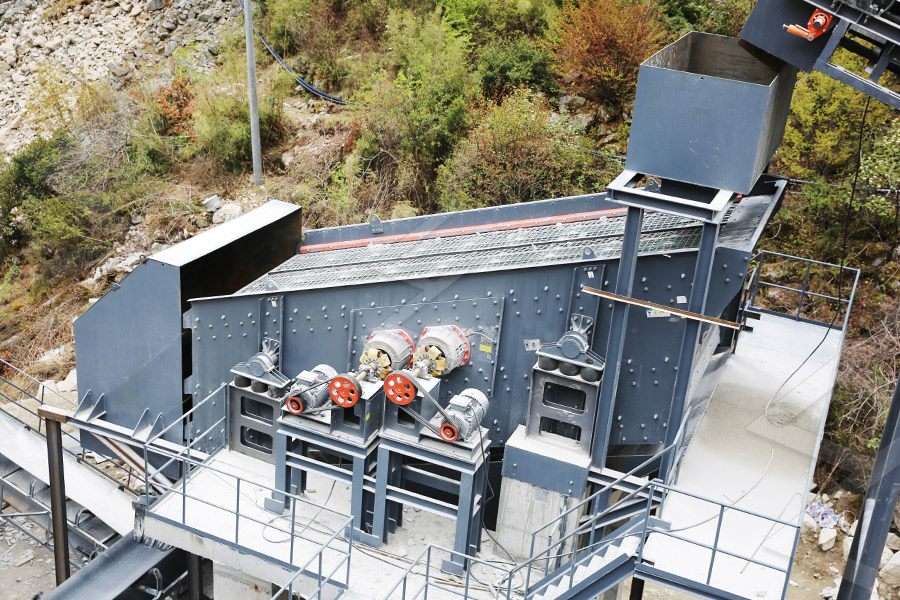
Lime mud from cellulose industry as raw material in
This study reports the use of lime mud (LM) in cement-based-mortars. Lime mud is a waste generated in the production of cellulose by the kraft mill process. It is mainly composed of CaCO 3, a small amount of magnesium carbonate and other trace minerals. Mortars were prepared by adding different amounts of LM (10, 20 and 30% by weight of cement ...
Read More

Calcium looping for CO capture in the cement industry ...
2017-7-4 · cement industry – pilot scale experiments ... Waste Coal / Lignite Measurement techniques Sorbent Characterization (TGA) Online gas analysis: CO 2, CO, O 2, H 2 ... CaCO 3 iner O 2 fuel arbonator CO 2 depleted flue gas CO 2 to CPU CEMENT plant Raw meal CaO Flue gas. Experimental facility ...
Read More
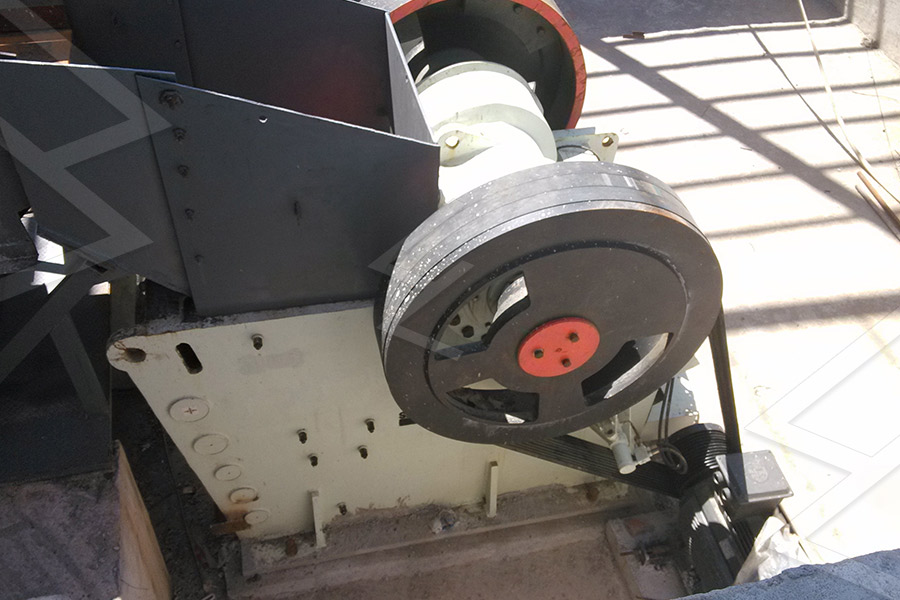
Carbon Capture in the Cement Industry: Technologies ...
The cement industry is likely to play a role in reducing greenhouse gas emissions to combat anthropogenic climate change. Many decarbonization pathways suggest that direct specific emission levels of around 350 – 410 kg CO 2 /t cement will be required. However, increasing clinker substitution, alternative fuel use, and thermal energy efficiency can only lead to specific
Read More

Co-processing waste in the cement industry: A solution
2016-7-29 · Co-processing waste in the cement industry: A solution to natural resource preservation and total emission reduction Cement thus concrete plays a vital part in our daily lives. Few people are aware that concrete, with its strength, durability and excellent thermal mass, is a key component in eco-buildings.
Read More

Treatment of Waste generated from Cement Industry
2021-8-12 · to reuse the waste material in other process. Cement manufacturing process:- Along with Portland cement masonry cement also produced by cement industries. Texture of Portland cement is a fine, composed of tricalcium silicate, tricalcium aluminate,and tetracalcium aluminoferrite, in addition have some forms of calcium sulfate.
Read More

The Cement Industry
2018-11-20 · Cement waste management reduces industry’s environmental footprint The cement manufacturing process requires the use of raw materials such as limestone and additives to control the alumina, silica and iron content. In addition, a relatively high amount of energy is needed to convert the limestone
Read More

Waste management solutions by the cement
2014-9-25 · Today, the cement industry provides a significant contribution to the waste management practices of many countries. The responsible use of waste as an alternative fuel to heat cement kilns is lowering the industry’s consumption
Read More

Sustainable Waste Management: A Case Study of
2014-10-27 · Sustainable Waste Management: A Case Study of Cement Industry Priyanka Pathak1* Sumit Gupta2 G. S. Dangayach3 *1M.Tech. Scholar, Malaviya National Institute of Technology, Jaipur 2Research Scholar, Malaviya National Institute of Technology, Jaipur 3 Professor, Malaviya National Institute of Technology, Jaipur pathak.teena@gmail
Read More

Lime mud from cellulose industry as raw material in
This study reports the use of lime mud (LM) in cement-based-mortars. Lime mud is a waste generated in the production of cellulose by the kraft mill process. It is mainly composed of CaCO 3, a small amount of magnesium carbonate and other trace minerals. Mortars were prepared by adding different amounts of LM (10, 20 and 30% by weight of cement ...
Read More

Carbon Capture in the Cement Industry: Technologies ...
The cement industry is likely to play a role in reducing greenhouse gas emissions to combat anthropogenic climate change. Many decarbonization pathways suggest that direct specific emission levels of around 350 – 410 kg CO 2 /t cement will be required. However, increasing clinker substitution, alternative fuel use, and thermal energy efficiency can only lead to specific
Read More

Calcium looping for CO capture in the cement industry ...
2017-7-4 · cement industry – pilot scale experiments ... Waste Coal / Lignite Measurement techniques Sorbent Characterization (TGA) Online gas analysis: CO 2, CO, O 2, H 2 ... CaCO 3 iner O 2 fuel arbonator CO 2 depleted flue gas CO 2 to CPU CEMENT plant Raw meal CaO Flue gas. Experimental facility ...
Read More

Co-processing waste in the cement industry: A solution
2016-7-29 · Co-processing waste in the cement industry: A solution to natural resource preservation and total emission reduction Cement thus concrete plays a vital part in our daily lives. Few people are aware that concrete, with its strength, durability and excellent thermal mass, is a key component in eco-buildings.
Read More

Treatment of Waste generated from Cement Industry
2021-8-12 · to reuse the waste material in other process. Cement manufacturing process:- Along with Portland cement masonry cement also produced by cement industries. Texture of Portland cement is a fine, composed of tricalcium silicate, tricalcium aluminate,and tetracalcium aluminoferrite, in addition have some forms of calcium sulfate.
Read More

Waste management solutions by the cement industry
2014-9-25 · Today, the cement industry provides a significant contribution to the waste management practices of many countries. The responsible use of waste as an alternative fuel to heat cement kilns is lowering the industry’s consumption of fossil fuels, which is helping to reduce the environmental footprint of global cement production. View Publication.
Read More

Effect of CaCO on hydration characteristics of C A
2010-10-1 · the cement and concrete industry, it is meaningful to research the influence of ternary C 3 A-CaCO 3 -H 2 O system produced by limestone powder or CaCO 3 on the
Read More

Cement, concrete & the circular economy
2018-2-15 · The use of waste materials in the cement industry, also referred to as co-processing, contributes towards achieving these objectives. Co-processing is the use of waste as raw material, or as a source of energy, or both to replace natural mineral resources (material recycling) and fossil fuels such as coal, petroleum and
Read More

Waste Heat Utilization for CO2 Capture in the Cement
The cement industry in Finland has a great interest in studying to what extent fuel (usually coal) can be replaced by alternative fuels, e.g. processed industrial waste materials.
Read More

Cement Types, Composition, Uses and Advantages of ...
2018-4-4 · Some cement manufacturing plants utilize the organic waste generated in other industries such as rubber processing industries. As such, cement industry contributes to a significant extent of anthropogenic carbon dioxide emissions, which is in the range of 5–7% of total anthropogenic carbon dioxide emissions . In the clinker burning process ...
Read More

Nano calcium carbonate (Caco3) as a reliable, durable, and ...
Further, nano CaCO3 is environmentally and economically viable, as it has the potential to be produced within the cement plant while utilizing waste CO2 and generating economic revenue to the industry. Thus, nano CaCO3 has the potential to serve as an alternative to fly ash in all beneficial aspects—economic, environmental, and technical.
Read More

Lime mud from cellulose industry as raw material in
This study reports the use of lime mud (LM) in cement-based-mortars. Lime mud is a waste generated in the production of cellulose by the kraft mill process. It is mainly composed of CaCO 3, a small amount of magnesium carbonate and other trace minerals. Mortars were prepared by adding different amounts of LM (10, 20 and 30% by weight of cement ...
Read More

Calcium looping for CO capture in the cement industry ...
2017-7-4 · cement industry – pilot scale experiments ... Waste Coal / Lignite Measurement techniques Sorbent Characterization (TGA) Online gas analysis: CO 2, CO, O 2, H 2 ... CaCO 3 iner O 2 fuel arbonator CO 2 depleted flue gas CO 2 to CPU CEMENT plant Raw meal CaO Flue gas. Experimental facility ...
Read More

Co-processing waste in the cement industry: A solution
2016-7-29 · Co-processing waste in the cement industry: A solution to natural resource preservation and total emission reduction Cement thus concrete plays a vital part in our daily lives. Few people are aware that concrete, with its strength, durability and excellent thermal mass, is a key component in eco-buildings.
Read More

Treatment of Waste generated from Cement Industry
2021-8-12 · to reuse the waste material in other process. Cement manufacturing process:- Along with Portland cement masonry cement also produced by cement industries. Texture of Portland cement is a fine, composed of tricalcium silicate, tricalcium aluminate,and tetracalcium aluminoferrite, in addition have some forms of calcium sulfate.
Read More

Industrial Waste as Alternative Fuel in Cement Industry ...
2012-7-23 · AFs for the cement industry. Meat and bone meal are also considered now as alternative fuel [5]. Several biomass and industrial waste, such as spent pot linings [6], are newly identified as potential AF for cement industry. Cement industry is one of the heavy pollution industry and accountable for the 5–6% releases of all CO
Read More

Cement, concrete & the circular economy
2018-2-15 · The use of waste materials in the cement industry, also referred to as co-processing, contributes towards achieving these objectives. Co-processing is the use of waste as raw material, or as a source of energy, or both to replace natural mineral resources (material recycling) and fossil fuels such as coal, petroleum and
Read More

Power generation by waste heat recovery in cement
2014-3-28 · MOEJ/GEC JCM Project Planning Study (PS) 2013 Final Report 「Power generation by waste heat recovery in cement industry」 (implemented by JFE Engineering Corporation) Study partners PT Semen Indonesia (Persero) Tbk. Project site Tuban, Republic of Indonesia Category of project Energy Efficiency Description of project The proposed project is planned to
Read More

Utilization of waste from steel and iron industry as ...
2019-7-5 · The viability of combining waste slag produced from steel (Basic Oxygen furnace) and iron (Blast Furnace) industry as replacement of cement in cement mortars was investigated. The impacts on the normal consistency, setting times, soundness, compressive strength, microstructure, and durability of cement paste/mortar were studied. The results revealed that
Read More

Use of waste derived fuels in cement industry: a review ...
2016-3-14 · – Cement production has advanced greatly in the last few decades. The traditional fuels used in traditional kilns include coal, oil, petroleum coke, and natural gas. Energy costs and environmental concerns have encouraged cement companies worldwide to evaluate to what extent conventional fuels can be replaced by waste materials, such as waste oils, mixtures of
Read More
- << Previous:Best Rock Crushers For Sale
- >> Next:Basalt Crushing Grinding


